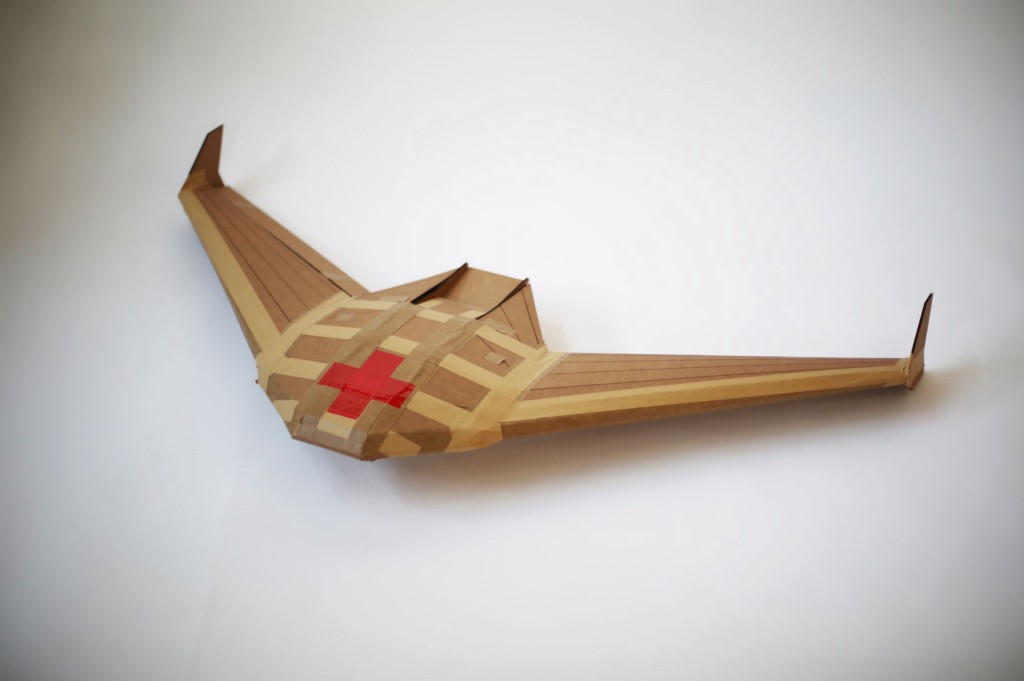These Biodegradable Drones Save Lives & Then Disintegrate

Humanitarian aid just got a lot more fun. ?
Drones are the hottest new gift for your techy boyfriend. They’re also the future of Amazon delivery. But one lab in San Francisco designed a drone for a more selfless purpose — humanitarian relief.
The enthusiastically-named tech company Otherlab! says it’s devoted to developing risky ideas that help make the world a better place. In the past, they’ve collaborated with NASA, MIT and Google on projects ranging from renewable energy and medical devices to engineered textiles and computational manufacturing.
Now, with funding from the Defense Advanced Research Projects Agency (DARPA) — the US military agency focused on emerging technologies —Otherlab! built a gadget they’re calling an Aerial Platform Supporting Autonomous Resupply Actions, or Apsara.

Apsara is a single-use glider drone designed to be used in emergency situations to airdrop cargo (like medicine or food) to a specific location and then to completely disintegrate.
Otherlab! calls it “the world’s most functional paper airplane.”
No NGO or government agency has put the gliders to use yet, but theoretically Otherlab! will cut the cardboard in the lab and ship it flat to the client. Each drone would take about an hour to fold and tape together upon arrival.
The current prototypes are made of corrugated cardboard that disintegrates after a few months (as all cardboard does when placed in a landfill). Otherlab! plans to eventually make the drones from mycelium, a mushroom-based material, that will completely dissolve within days.
Since the goal is to use cargo planes to deploy hundreds or even thousands of these gliders, leaving no trace is crucial in keeping this new technology from polluting the environment.
Otherlab! designed the drones to be dropped from a cargo plane. The little guys have a GPS unit and two small motors to help them descend (at up to 55 mph) to within 50 feet of a pre-programmed landing spot.

The company is now refining the drone’s prototype to bring the bearable load up from two pounds to 22 pounds, so that humanitarian organizations like the Red Cross and Doctors Without Borders can put it to use in disaster areas and war zones.
Here’s hoping they succeed.
